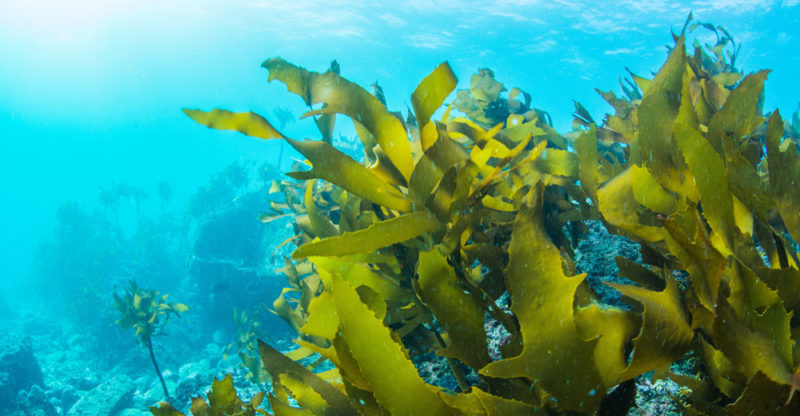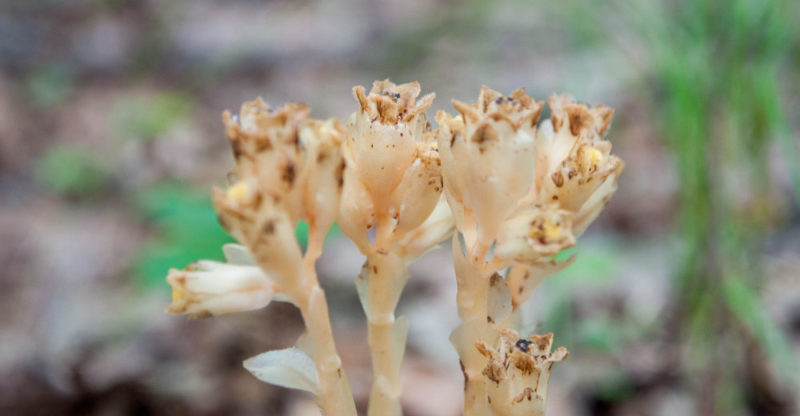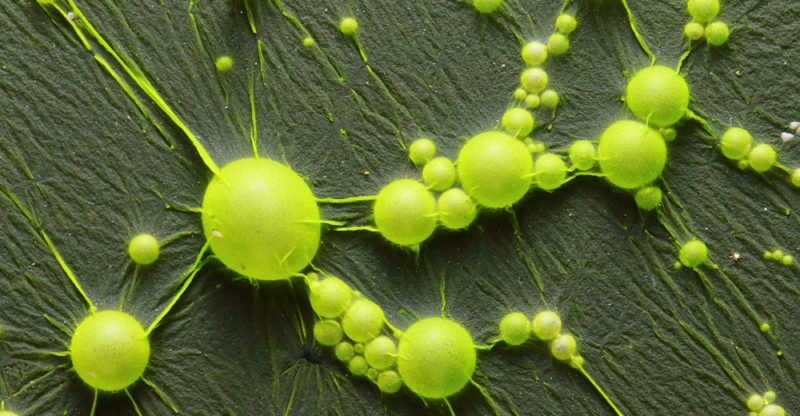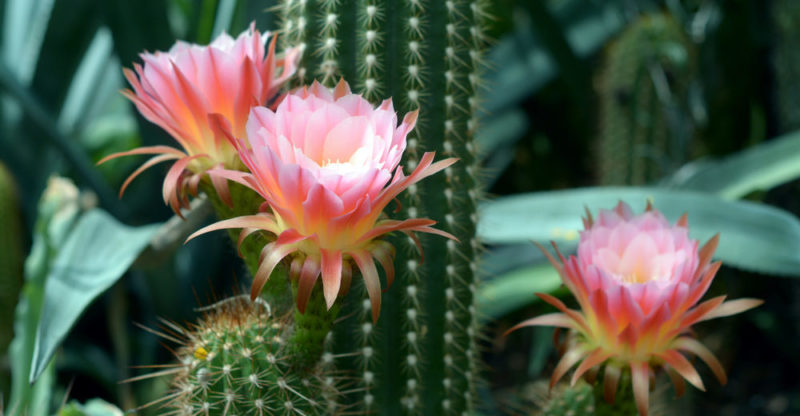We explain what autotrophic organisms are, how they are classified, and the phases of their nutrition. Also, its characteristics and examples.
What are autotrophic organisms?
It is known to those autotrophic organisms can synthesize their own food substances from inorganic material and a source of energy , such as light sun. Its name comes from the Greek auto, “proper” and trophos , ” food .”
These organisms can keep their metabolisms running without having to resort to organic matter from other living beings . In the latter, they are distinguished from heterotrophic organisms: those that must consume organic matter from other living beings in order to sustain their metabolism.
Autotrophic organisms are known as producers within the food pyramids of ecosystems , in which they occupy the first rung, providing food to the first link of consumers. For that reason, they were the first life forms to exist.
Origin of autotrophs
Autotrophic nutrition was necessarily the first to emerge on early Earth , since there was no consumable organic matter before life emerged on the planet .
For this reason, the first and most elemental forms of life had to be able to take advantage of the abundant inorganic compounds . For this they used available sources of constant energy, such as the sun or geovolcanic activity.
It is estimated that competition for these resources led them to develop more efficient mechanisms to do so. Thus originated more sophisticated forms of autotrophic metabolism , such as photosynthesis, which implies the beginning of plant life .
Types of autotrophic organisms

Autotrophic organisms can be classified according to their specific method of obtaining energy, generally in two categories:
- Photosynthesis. Those that carry out photosynthesis, that is, the synthesis of nutrients from water (as a source of hydrogen ) and carbon dioxide (as a source of carbon ) using sunlight as a source of energy for the reaction. This process by-produces oxygen (O 2 ) and is the mode of nutrition for almost all known plants.
- Chemosynthetics. Those who perform chemosynthesis, that is, the synthesis of nutrients from the oxidation of certain inorganic chemical compounds, in the absence of sunlight, but taking advantage of other energy sources such as volcanoes or geothermal heat , among others.
Phases of autotrophic nutrition
As it occurs, autotrophic nutrition can be summarized in three stages:
- Membrane passage . The initial stage in which the inorganic raw material is incorporated into the cells of the autotrophic organism (unicellular or multicellular) using the natural selectivity of the cell membrane. This occurs through direct absorption, without the cell having to expend energy in the process.
- Metabolism. Within the cells occur a diverse set of chemical reactions that break absorbed compounds and distinguish between the usable and disposable. These processes involve a first phase (anabolism) in which cellular energy is invested in building large molecules of sugars , rich in energy, and a second phase (catabolism) in which these molecules are oxidized, releasing greater amounts of energy to the cells in the process. initially invested.
- Excretion. The waste substances obtained during metabolism are released into the environment, to avoid their accumulation within the body, undertaking the opposite path to that of the inorganic raw material in the membrane passage.
Habitat of autotrophic organisms

Since they require no more than an energy source and the presence of inorganic materials, autotrophic life can be found practically anywhere. Autotrophs that depend on sunlight inhabit rivers , seas, and the earth’s surface, where they can receive radiation from the sun.
Instead, those that resort to chemosynthesis can be found in really extreme habitats . For example bottom – dwelling ocean devoid of light but abundant in geothermal vents, or inside volcanoes , or even in the depths of nuclear reactors manufactured by the human being
Ecological importance
Autotrophic organisms are always the most abundant in all ecosystems , in which they occupy the first link in the food chain . That is, they provide food for primary consumers (such as herbivores, which feed on plants ).
Being the first link in the food chain means that they do not require the intervention of other forms of life to exist. Also, the rest of the chain depends on them.
On the other hand, autotrophic beings usually intervene in the fixation of numerous elements in the soils (such as nitrogen ) and in the absorption of rainwater . Therefore, thanks to them the water cycle is preserved.
Food or trophic chain

The trophic chain or food chain is the circuit for the transfer of matter and energy between the living beings that make up an ecosystem. It is a circuit in which all living beings intervene in different ways.
In it, each organism finds the opportunity to nourish itself, grow, reproduce. Then it returns the energy and matter it consumed to the circuit , serving as food for the next link.
The food chain can be summarized as:
- The producers (autotrophs). They take inorganic matter from soils, air and water and make their own organic matter, to grow, develop and reproduce.
- Primary consumers (heterotrophs). They consume part of the organic matter of the producers as food, to grow, develop and reproduce.
- Secondary consumers (predatory heterotrophs). They hunt primary consumers and feed on their organic matter, to grow, develop and reproduce.
- Decomposers (heterotrophs detritophages). They take advantage of the organic matter of heterotrophs and autotrophs when they die and reduce it to inorganic matter in the soils.
- The cycle restarts. When producers take such inorganic matter.
Differences with heterotrophs
The fundamental difference between one and the other should be clear by now: autotrophs are those that can make their own organic matter to grow, develop and reproduce from inorganic matter in the environment and from some external energy source (such as the Sun).
On the contrary, heterotrophs are those that cannot manufacture their organic matter , but must take it from other living beings in some way.
Photoheterotrophs

There is a specific intermediate category between autotrophs and heterotrophs . It consists of certain types of bacteria and single-celled organisms capable of synthesizing their own organic matter using sunlight.
However, they are not completely autotrophic , as they cannot get all the carbon they need from carbon dioxide. Therefore, they must also consume remains of organic matter from the environment.
Radiotrophic
There is another category of autotrophs called radiotrophs. They are very rare living beings, found, for example, inside nuclear reactors .
They are certain types of fungi and other organisms capable of taking advantage of certain types of ionizing radiation (gamma radiation, for example) as a source of energy for their metabolic processes. For this they use a pigment called melanin.
Examples of autotrophic organisms

The most common examples of autotrophic beings are the members of the plant kingdom : plants, herbs, shrubs, trees and all types of vegetation, including algae , that is, everything that photosynthesizes. Other more specific cases involve cyanobacteria, capable of synthesizing organic matter in the absence of sunlight.
The above content published at Collaborative Research Group is for informational and educational purposes only and has been developed by referring to reliable sources and recommendations from technology experts. We do not have any contact with official entities nor do we intend to replace the information that they emit.














